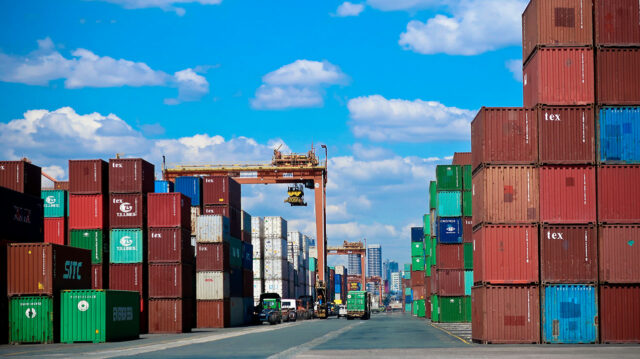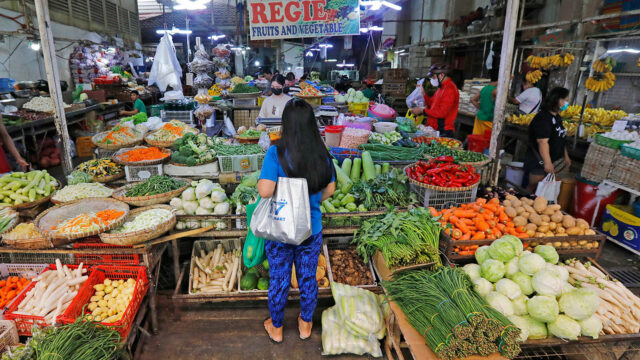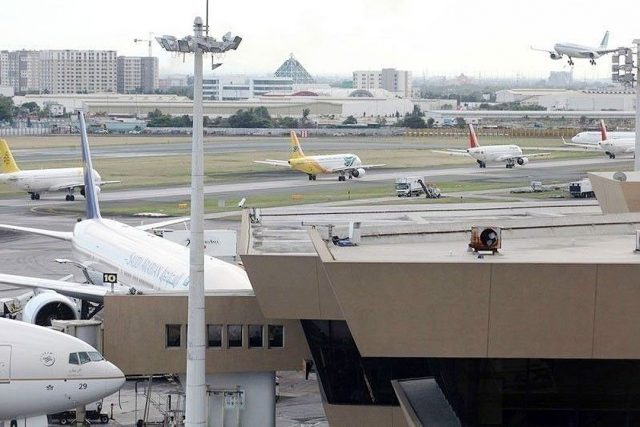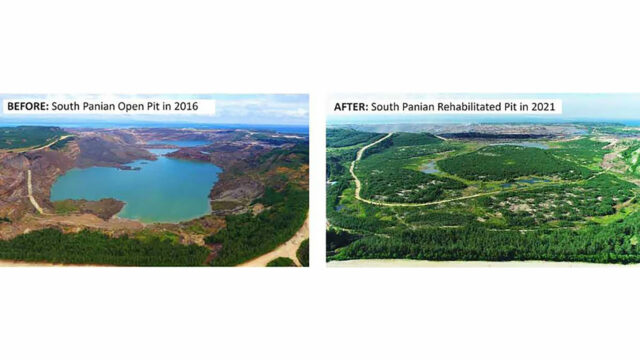BingoPlus Foundation empowers 60 scholars with the launch of P.L.U.S. Factor Leadership Program

The BingoPlus Foundation, the philanthropic arm of DigiPlus launched its P.L.U.S. (Pioneering Leadership and Uplifting Service) Factor Program — an initiative designed to transform the lives of scholars from across the Philippines. More than just a scholarship, the P.L.U.S. Factor Program is a comprehensive four-year journey that empowers scholars with essential leadership skills, resilience, and a commitment to service, equipping them to be the next generation of changemakers.
The P.L.U.S. Factor Program represents the Foundation’s deep commitment to nurturing young talents by providing not only financial support but also the tools to thrive beyond the classroom. The launch of the P.L.U.S. Factor Program took place at the FutureSmart Leadership Assembly at iAcademy Nexus on Sept. 7, 2024.
The event brought together all 60 scholars from different parts of the Philippines, some traveling from as far as Camarines Sur, Cebu, Davao, and other cities in Luzon, Visayas and Mindanao. This gathering was a powerful testament to the Foundation’s commitment to inclusivity and its dedication to shaping a future where every young person has the opportunity to lead and succeed.
“We believe education is more than just a stepping stone — it is a launchpad for future leaders who can pioneer change and uplift their communities,” says Angela Camins-Wieneke, Executive Director of the BingoPlus Foundation. “Our P.L.U.S. Factor Program is designed to nurture Pioneering Leadership and Uplifting Service among our scholars. It is our way of investing in their potential, empowering them to lead purposeful lives and make a difference.”
An empowering start: FutureSmart Leadership Assembly
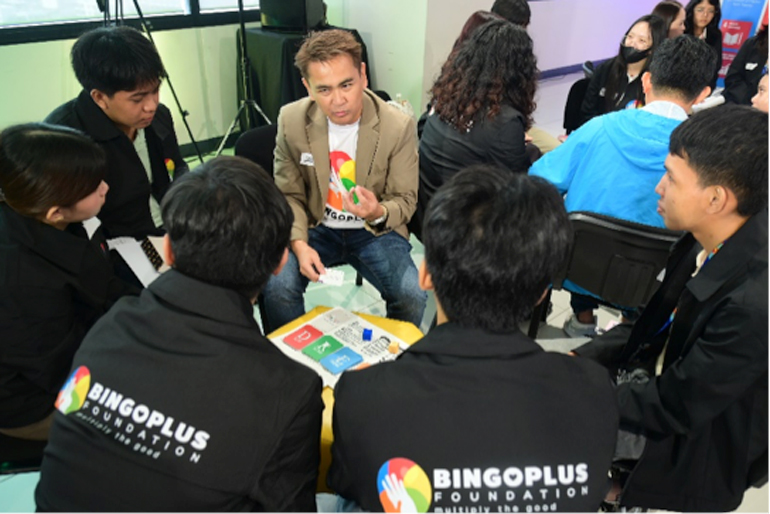
Through quarterly workshops, scholars will engage in immersive learning experiences focusing on personal growth, effective communication, career preparation, and professional development. This initiative aims to cultivate well-rounded individuals who are ready to excel in their careers and contribute meaningfully to society.
“This program isn’t just about financing your education; it’s about building your future,” said Miss Universe Philippines, Chelsea Manalo, in her talk about the power of cultivating a mindset for the youth. “Education is the great equalizer. By investing in your growth, the BingoPlus Foundation is helping you build the right skills and confidence to overcome obstacles and chase your dreams. We believe in your potential to become the leaders who will take on the world.”
DigiPlus Chairman Eusebio Tanco also addressed the scholars with a powerful message: “Schools teach us many things, but they rarely prepare us to face life head-on. Through the P.L.U.S. Factor Program, we aim to instill in you the mindset to be resilient, make bold decisions, and lead with purpose. Our support for your education goes beyond financial assistance; we are committed to your holistic growth.”
A vision for meaningful impact
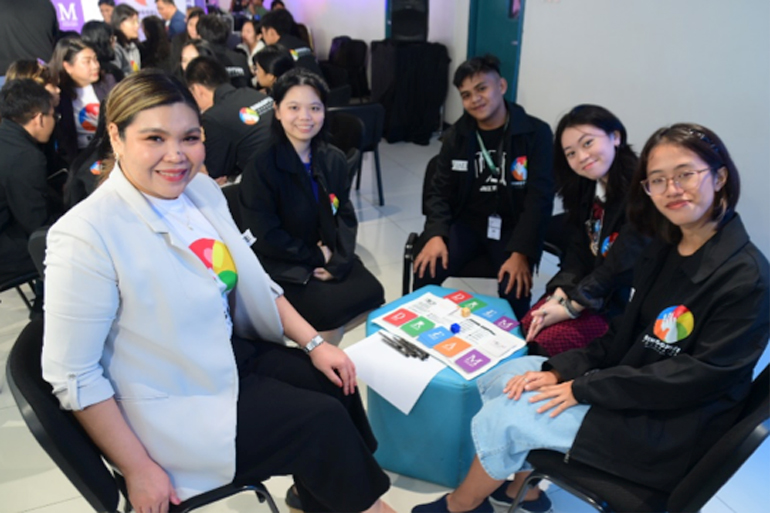
The P.L.U.S. Factor Program is part of a broader mission by DigiPlus, through the BingoPlus Foundation, to drive social development and foster a digitally-advanced and resilient future for all. DigiPlus has consistently demonstrated its commitment to positive social impact, evidenced by its increase in the Foundation’s outreach budget by 500% to over P100 million. The company’s efforts are not just limited to digital innovation and responsible gaming but extend to creating meaningful opportunities for the youth and underprivileged communities.
Celeste Jovenir, DigiPlus Vice-President for Investor Relations and BingoPlus Foundation COO, highlighted the transformative nature of the initiative: “DigiPlus is proof that transformation isn’t just a buzzword; it’s a necessity for growth and survival. We’ve embraced digital, disrupted the status quo, and built something truly extraordinary. Now, with the P.L.U.S. Factor Program, we are excited to share that journey of transformation with all of you.”
Spotlight is BusinessWorld’s sponsored section that allows advertisers to amplify their brand and connect with BusinessWorld’s audience by publishing their stories on the BusinessWorld Web site. For more information, send an email to online@bworldonline.com.
Join us on Viber at https://bit.ly/3hv6bLA to get more updates and subscribe to BusinessWorld’s titles and get exclusive content through www.bworld-x.com.



